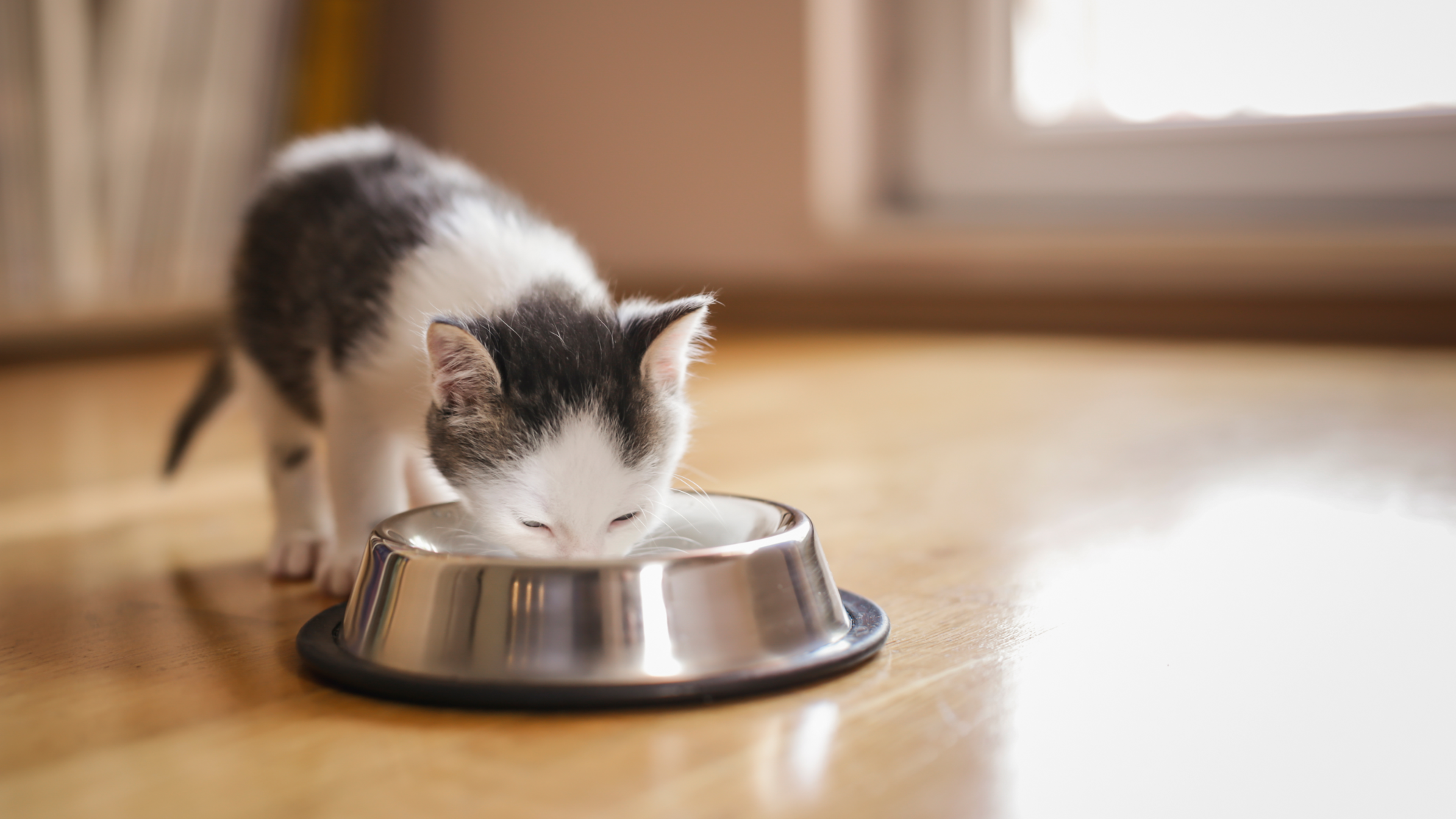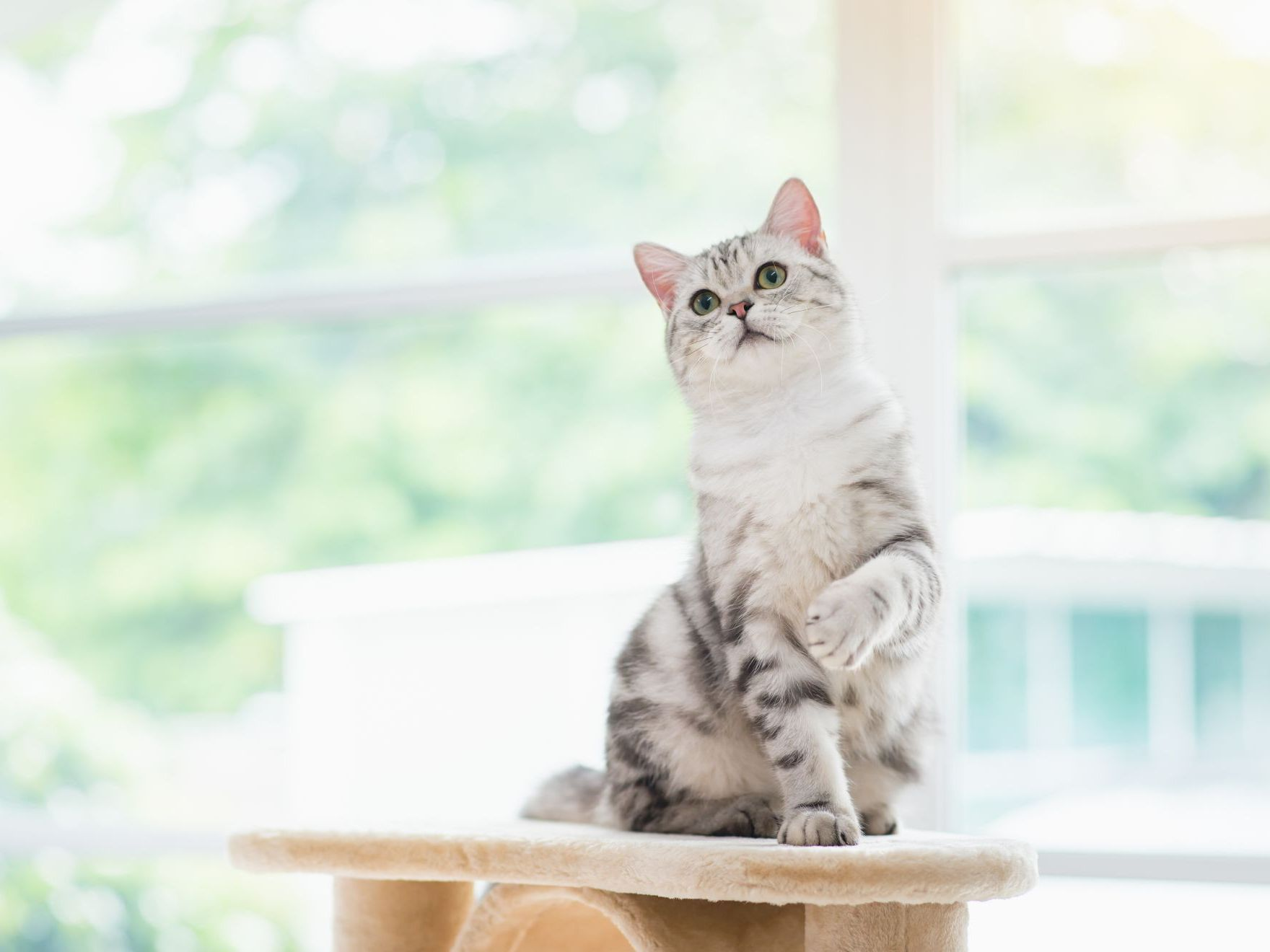Moving house with a cat? What you need to know
Taking your cat into account at all stages of the moving day preparations, and reading up on the most important tips for moving with a cat, will help make the experience less stressful for everyone involved, human and feline.
Article

Relocating with your cat to a new home
The best way to move with a cat is by limiting the upheaval they face as much as possible: your aim is to avoid the scenario of a cat stressed from moving. Some disturbance to your cat’s routine is inevitable, but these pointers will help ease the process. The preparations for moving house with a kitten should begin well before the actual moving date.
Top tips for moving with a cat

Settling your cat into a new home
Once you’ve arrived, how to settle your kitten into their new home will be a key consideration. Helping your kitten to settle will require time and patience. Getting a cat used to a new home is a process that cannot be rushed. Start with a safe room that is closed off from the bustle of moving in, similar to the room you prepared for your kitten when they first arrived in the family. If you’re wondering how to help your kitten settle in, here are a few pointers.
Do you have an outdoor cat?
‘When can I let my kitten outside?’ will be one of the first questions you ask yourself once you’ve moved. The answer is: it depends, both on your cat and their new environment. Moving an older cat to a new home is different from relocating a kitten. Moving house with an outdoor cat will throw up different challenges to relocating an indoor one. Taking it step-by-step, and slowly, will help ease the transition, in any case.
How long to keep your cat in after moving house?
Whatever their existing habits, once you’ve moved your cat to their new house, it’s recommended that you keep your cat inside for at least two to three weeks. It may sound strange but you could sprinkle some of your cat’s used litter around the edge of your garden, to let other cats know there’s a new feline in town … and to make the environment feel more familiar to your cat when they eventually go out.
When you feel ready to let your kitten out—perhaps the early weeks have passed and your cat is adjusting to their new home—approach with caution, adopting some of the strategies you used when you let your pet out for the first time.
Kibble calling. Let your cat first go out shortly before they normally eat. That way if they need encouragement to come back inside, a shake of the bowl (or the familiar sound of the tin or packet being opened) should do the trick.
Safety first. Make sure your garden is free of hazards such as sharp tools, poisonous plants or spaces your cat could get stuck in, and that it is securely enclosed.
Escape route. Leave the door open so they can come back inside as soon as they want to. Cats also appreciate hide-outs like plant pots that they can sit in to observe their surroundings.
Little by little. Start with short periods outside, gradually building up to longer forays. Don’t let your cat out at night at first. Go outside with your cat at first and don’t force it if they aren’t interested, just try again another day.
Will a cat go back to their old home?
An intrepid feline returning to their old stomping ground may sound like an urban legend, but this is a real possibility. Despite all your efforts, your cat might still try to head back to their former residence (and if you’ve moved close by they might just make it). Why do cats go back to their old house? It could be because they have not yet formed a strong enough bond with their new territory.
Give the new occupants and your former neighbours a heads up and make sure they have your contact details to alert you if your cat keeps going back to their old house. And go right back to the start, patiently re-establishing your cat’s new routines: feeding times, grooming and play. The more comfortable they feel in their new space, the less they will be drawn to the old one.
Related Articles

Our guide to indoor and house cats

Are some cat breeds better suited to apartment living?
Aimer et partager cette page